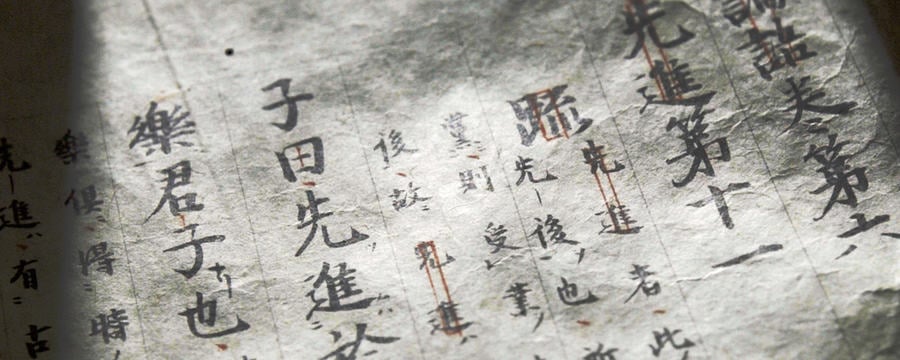Home / History / Social History / Sino-Japanese Interactions Through Rare Books / The Analects get introduced to Japan
This article is from the free online
Sino-Japanese Interactions Through Rare Books


Reach your personal and professional goals
Unlock access to hundreds of expert online courses and degrees from top universities and educators to gain accredited qualifications and professional CV-building certificates.
Join over 18 million learners to launch, switch or build upon your career, all at your own pace, across a wide range of topic areas.


 Fig.2 Ro-ron (The Lu-version Analects) 『論語(魯論)』
Fig.2 Ro-ron (The Lu-version Analects) 『論語(魯論)』 Fig.3 Enju-kyo (The All Encompassing Gem) 『論語(円珠経)』
Fig.3 Enju-kyo (The All Encompassing Gem) 『論語(円珠経)』 Fig.4 Rongo yishu (The Annotated Analects) 『論語義疏』
Fig.4 Rongo yishu (The Annotated Analects) 『論語義疏』





